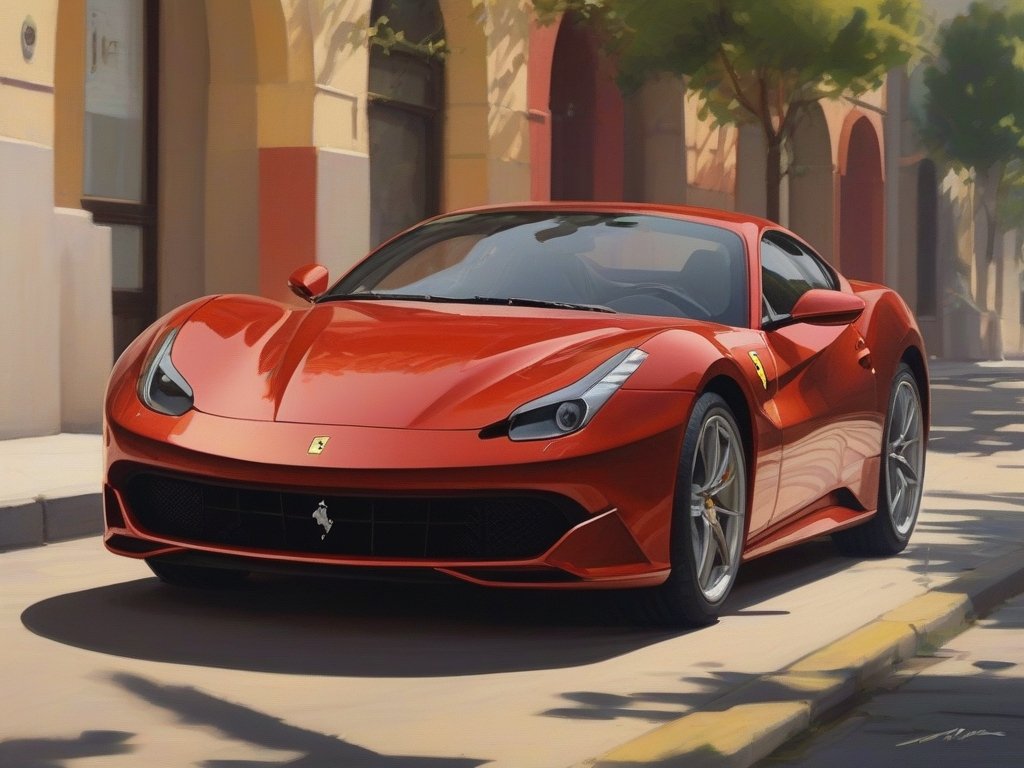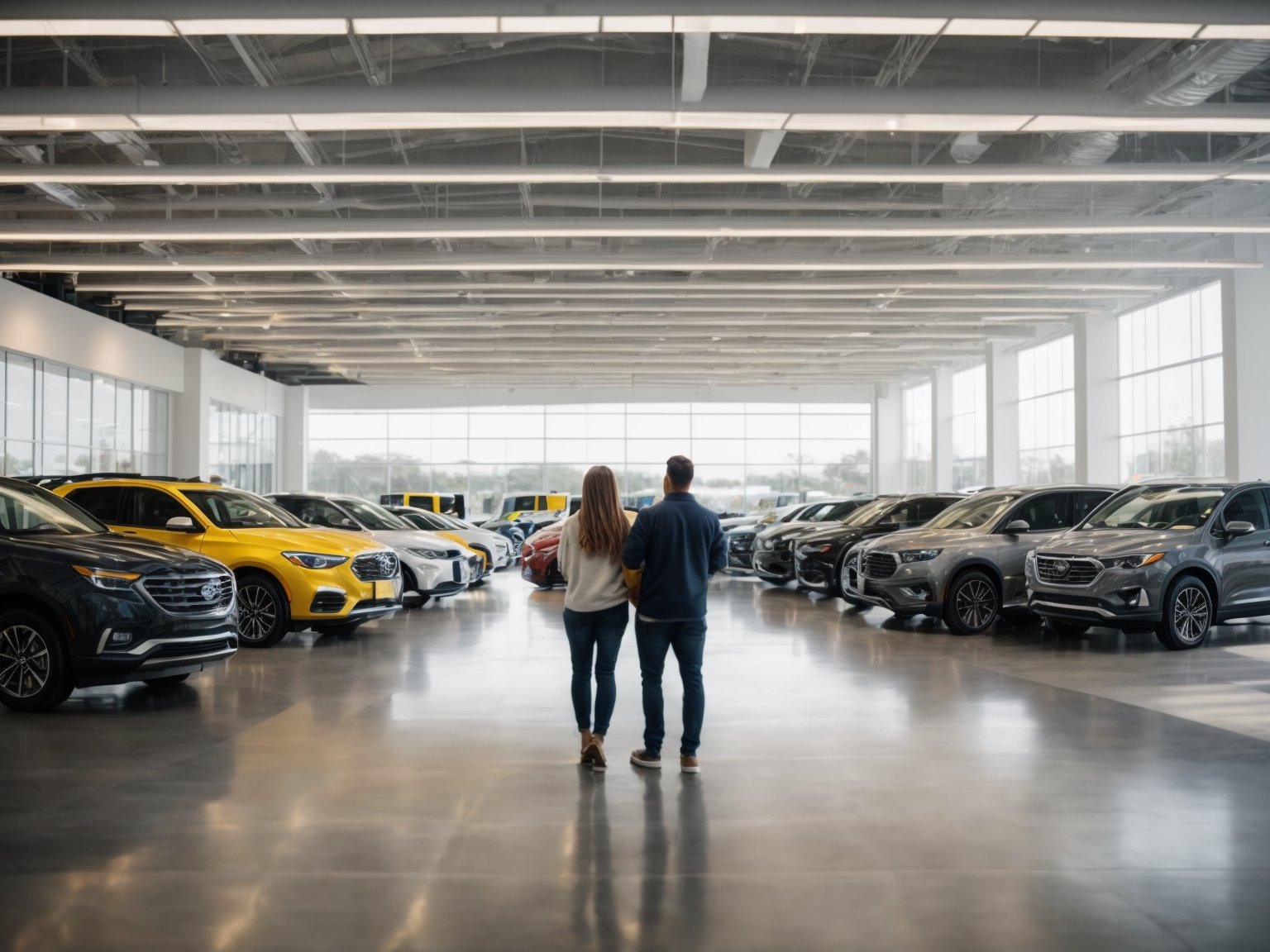Are Automatic Cars More Expensive? A Look at Car Prices, Costs, and Affordability
The cost of buying and owning a car is a major consideration for many consumers. With the average price of new vehicles continuing to rise, many people wonder – are auto cars becoming more expensive? This article will dive into car prices, costs, value, affordability, expenses, maintenance, insurance, loans, payments, financing, budgeting, investing, ownership, purchasing, buying, shopping, and consumer behavior to analyze if automobiles are truly getting more costly over time.
New Car Prices on the Rise
According to Kelley Blue Book, the average transaction price for a new automobile in 2022 reached over $48,000 – an all-time high and about 13% higher than just two years ago[1]. Several factors contribute to the steadily rising car prices:
- Raw material costs – Prices of steel, aluminum, and other metals used in car production have increased significantly. This gets passed onto consumers.
- Supply chain issues – Shortages of computer chips, wiring, and other components have constrained vehicle supply, allowing dealers to charge more.
- Inflation – General inflationary pressures make producing and selling cars more expensive.
- Consumer preferences – Buyers opting for larger SUVs and trucks over sedans drives up costs.
New car prices do fluctuate somewhat with economic conditions. But the overall long-term trend has been a steady climb upwards. Comparing the average price in 2022 versus 2000 shows a 90% increase over 22 years[2].
What About Used Car Prices?

The used automobile market has seen even more dramatic price increases recently. According to Edmunds, the average used car transaction price jumped to $31,000 in 2022 – a 39% increase versus 2021[3].
Several factors contributed to the spike in used car prices:
- New car shortages – With fewer new cars available, more buyers turned to used vehicles. Higher demand pushed up prices.
- Rental car companies – Many sold off inventory during COVID shutdowns and have not fully replenished.
- Stimulus checks – Government pandemic financial aid gave buyers more purchasing power.
However, used car prices will moderate in 2023 as supply chain issues ease and the used inventory gets replenished[4]. But prices remain well above pre-pandemic levels.
What Does This Mean for Car Affordability?
With purchase prices for new and used vehicles at record highs, what does this mean for overall car affordability? According to Cox Automotive, the average monthly payment on a new car has climbed to $728 in 2022 – up nearly $180 from 2020[5].
The average monthly payment for used cars is $544 per month. And loan terms are getting longer, too – close to 70 months on average for new cars.
This represents a significant financial burden, especially for lower and middle-income households. According to Experian, the average car payment now represents 15% of the median American household’s monthly income[6].
Other Car Ownership Costs Add Up
5 Reasons You Shouldn’t Buy An Automatic Transmission Car
In addition to rising purchase prices, other costs of car ownership are increasing as well:
- Insurance – Rates are up 8% in 2022 and 24% since 2017 as repair costs climb.
- Fuel – Gasoline averaged $3.99 per gallon nationally in 2022, up 60% from 2020.
- Maintenance – Repair costs are up 20% since 2020 as parts prices climb.
- Registration/taxes – Department of Motor Vehicle fees and sales taxes add several thousand dollars over the life of a car loan.
- Depreciation – Cars lose value quickly, dropping most 50% in the first 3 years.
Add this all up and Consumer Reports estimates the total cost of owning a new car at $9,666 per year – or $805 per month. The full cost of car ownership extends far beyond just the purchase price.
Strategies for More Affordable Car Purchasing
Given the rising prices across new cars, used cars, financing, insurance, maintenance, and other expenses – how can a buyer get the most value for their money? Here are some tips:
- Buy used – Let someone else take the depreciation hit. Well-maintained used cars provide transportation at a fraction of the cost.
- Opt for a smaller or older model – Avoid the most in-demand SUVs and trucks; you can save significantly.
- Get pre-approved financing – Compare loan rates from banks, credit unions, and other lenders before visiting dealers.
- Extend loan terms – Longer loans (within reason) mean lower monthly payments.
- Shop around for insurance – Rates can vary dramatically between insurers for the same driver and car.
- Keep cars longer – Holding onto a current paid-off vehicle avoids the spike in new purchase prices.
- Buy out a lease – You know the car’s history and avoid used car price hikes.
With the right smart shopping, consumers can still find affordable car ownership options even in the current high-price environment.
The Outlook for Car Prices and Affordability
Looking ahead, experts offer differing views on whether car prices and affordability will improve or continue getting worse.
The case for prices moderating:
- New car inventory improves as supply chain issues ease
- Used car supply bounces back as rental fleets expand
- Potential recession slows consumer demand and pricing power
- Manufacturers cut back on profit margins as sales drop
- Gas prices decline from 2022 peak levels
The case for continued price increases:
- Underlying material costs remain high
- Consumers gravitate towards more expensive trucks/SUVs
- Interest rates rise, making auto loans more costly
- Safety and technology features get more advanced and expensive
- Gas prices stay structurally higher than historical norms
Like the broader economy, the auto industry faces considerable uncertainty in 2023 and beyond. But what seems clear is that the days of ultra-cheap car ownership appear gone. Consumers who want an affordable vehicle must adjust expectations, shop smart, and make trade-offs.
Conclusion
In looking at the data on new car prices, used car prices, financing rates, insurance, maintenance, and other ownership costs – autos are certainly getting more expensive. While prices may moderate somewhat from 2022 highs, the long-term trajectory is upwards. For cost-conscious buyers, this means changing behaviors and maximizing affordability through careful shopping, compromises, and keeping vehicles longer. The rising prices and other ownership costs make car buying and budgeting more challenging than ever. However with the right approach, consumers can still find a vehicle and ownership plan that fits their financial constraints.
FAQs
Q: What is the difference between an automatic and a manual car?
A: The main difference between an automatic and a manual car is how they shift gears. An automatic car has a gearbox that changes gears automatically, whereas a manual car requires the driver to shift gears using a clutch pedal and gear stick manually.
Q: Are automatic cars more expensive than manual cars?
A: Automatic cars are generally more expensive than their manual counterparts. This is because the technology used in automatic transmissions is more complex, resulting in higher production costs. Additionally, automatic cars often have higher resale values.
Q: Is it harder to drive a manual car?
A: Learning to drive a manual car can be slightly more challenging than driving an automatic car. In a manual car, the driver must coordinate using the clutch pedal and gear stick to shift gears. However, most people can become proficient in driving a manual car with practice.
Q: Can I drive an automatic car if I know how to drive a manual car?
A: Yes, if you know how to drive a manual car, you can also drive an automatic car. The basic principles of driving and vehicle control are the same, but you won’t need to worry about shifting gears in an automatic car.
Q: Are automatic cars more expensive to insure?
A: Generally, automatic cars are not necessarily more expensive to insure than manual cars. Insurance premiums are determined by various factors, such as the driver’s age, driving history, and the make and model of the car.
Q: Are automatic cars more expensive to repair?
A: Automatic cars may be slightly more expensive to repair compared to manual cars. The complexity of the automatic transmission system can result in higher repair costs, as specialized tools and expertise may be required.
Q: Which type of car is better for a first-time driver, automatic or manual?
A: The choice between an automatic or manual car for a first-time driver depends on personal preference. Automatic cars are generally easier to drive, especially in heavy traffic. However, driving a manual car gives the driver more control and can be a valuable skill.
Q: Are manual cars more fuel-efficient than automatic cars?
A: Manual cars can sometimes be more fuel-efficient than automatic cars. This is because the driver has more control over shifting gears, allowing for optimization of engine performance. However, advancements in automatic transmission technology have bridged the gap in fuel efficiency between the two types of cars.
Q: Can I take a driving test in an automatic car if I learn to drive in a manual car?
A: If you learned to drive in a manual car, you can take a driving test in either a manual or an automatic car. However, if you pass the test in an automatic car, your license will only allow you to drive automatic cars.
Q: What are some advantages and disadvantages of automatic and manual cars?
A: Automatic cars offer convenience and easy driving, especially in heavy traffic. They do not require the driver to shift gears, making them less tiring to drive manually. On the other hand, manual cars provide more control and can be more engaging for driving enthusiasts. Additionally, manual cars may be cheaper to purchase and maintain.
References
[1] https://www.kbb.com/car-news/average-new-car-price-tops-48000/
[2] https://www.in2013dollars.com/New-cars/price-inflation
[3] https://www.edmunds.com/used-cars/
[6] https://www.experian.com/blogs/ask-experian/average-car-payment/
https://www.thezebra.com/resources/driving/average-car-insurance-cost/
https://www.eia.gov/dnav/pet/hist/LeafHandler.ashx?n=pet&s=emm_epm0_pte_nus_dpg&f=m
https://www.bls.gov/news.release/cpi.nr0.htm
https://caredge.com/depreciation
https://www.consumerreports.org/car-maintenance/the-cost-of-car-ownership/
Citations:
[1] https://robpowellbizblog.com/what-are-lsi-keywords/
[2] https://pixel506.com/insights/how-to-use-lsi-keywords-in-your-content-for-better-seo
[3] https://inspiretothrive.com/simple-seo-checklist/
[4] https://www.linkedin.com/advice/1/whats-your-process-finding-lsi-keywords-related
[5] https://www.dimaservices.agency/2022/08/on-page-seo-in-2022-checklist-included










Leave a Reply